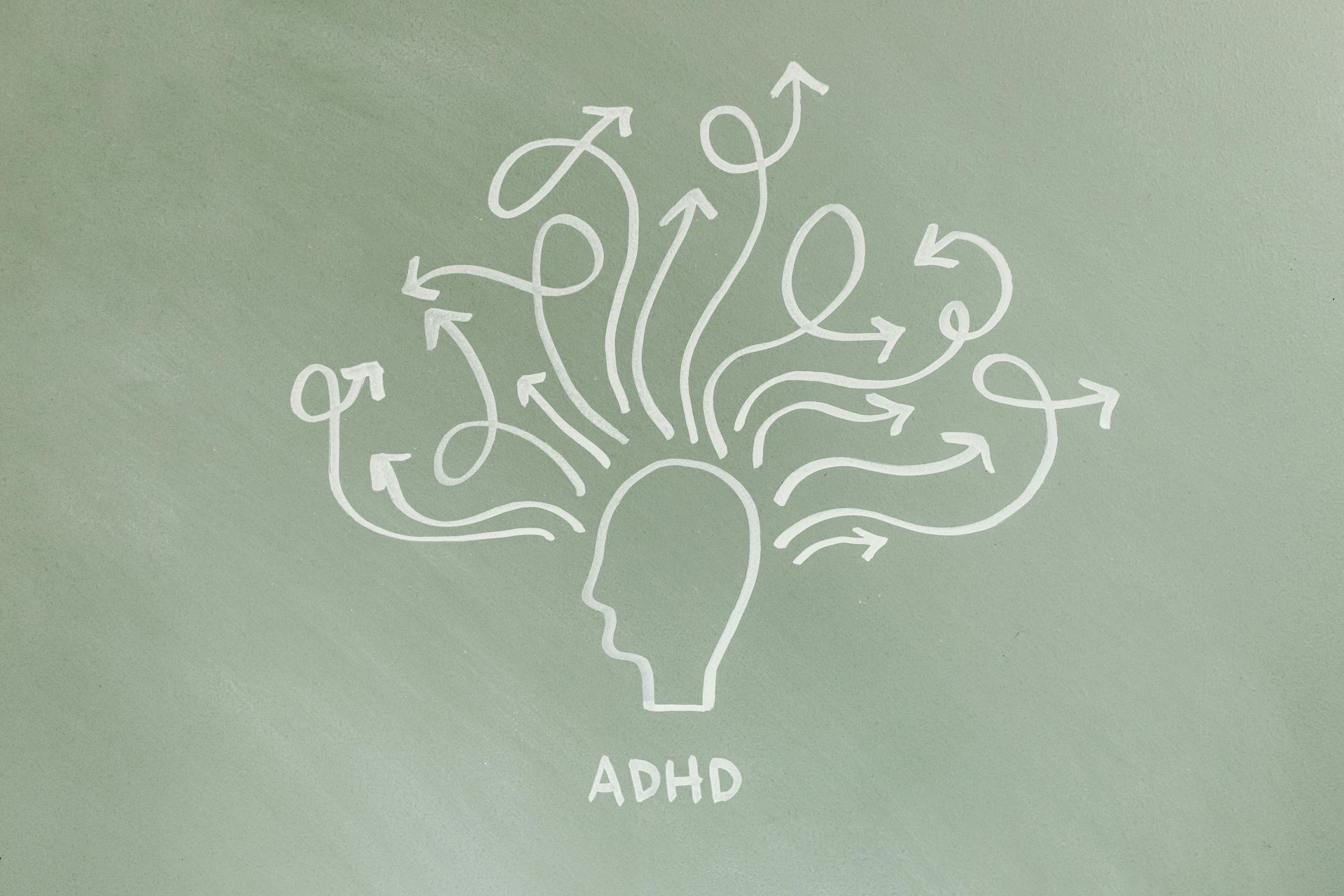June 19, 2025
There are lots of daily tasks — eating vegetables, doing homework, brushing teeth — that kids might not understand, or care, are beneficial. But forming these habits are necessary for them to become well-adjusted adults. Though, there is one less-talked-about activity that is crucial for child development : engaging with and creating art. “Children who are using the arts are better problem solvers,” says Susan Magsamen, co-author of “Your Brain on Art: How the Arts Transform Us.” Magsamen is also the founder of the International Arts + Mind Lab, Center for Applied Neuroaesthetics at Johns Hopkins University School of Medicine. “They are building stronger prefrontal cortex skills like executive function and memory. They are able to regulate their emotions better.” And they don’t have to do it for all that long to see long-term effects, she says. “To start, integrate 20 minutes of some kind of art experience everyday, whether you are a maker or beholder,” she says. “We think it starts to regulate the nervous system in a way that changes how we feel.” ‘We are wired to express ourselves’ Both parents and kids often stop prioritizing art when it becomes a skill that they don’t consider a legitimate career avenue, says Ivy Ross, co-author of “Your Brain on Art” and the vice president of hardware design at Google. “Judgment comes in or a teacher says, ‘no that’s not the way you draw a tree’ and it shuts down these kids’ desire to make art, and, ironically, that’s the worst thing that could happen because we are wired to express ourselves and art is an amazing medium,” she says. With the understandable desire for their kids to be successful, many parents only want their children engaging in subjects that they feel can be monetized. “We’ve created these pathologies in our culture about wasting time,” says Magsamen. Leaving some space between school and sports and extracurriculars isn’t wasting time, though. “Providing that time and space allows you to figure out what you like and don’t like and what you think is beautiful,” she says. "Providing that time and space allows you to figure out what you like and don’t like and what you think is beautiful." Susan Magsamen CO-AUTHOR OF “YOUR BRAIN ON ART” ‘Kids love novelty and surprise, and they are super curious’ Engaging with art doesn’t have to mean enrolling your kids in classes. It can be economical and low-pressure. In fact, it can be as easy as just going outside. “Looking up at the clouds and finding pictures in the clouds, called pareidolia, that’s a really amazing activity that kids love,” Magsamen says. “Kids love novelty and surprise, and they are super curious. Where are places you can take kids where there is awe, and surprise and wonder? Once you’ve got that and you see their energy raise, then you can move them toward activities that are gonna continue to build on that.” Even certain television programs that prioritize storytelling can be part of your child’s engagement with art. As long as it’s accompanied by other experiences. “It’s about time and balance,” Ross says. “There’s taking in storytelling and music, then there is making with your hands and feeling. It’s almost this diet you want for your child. This well-balanced diet.”















